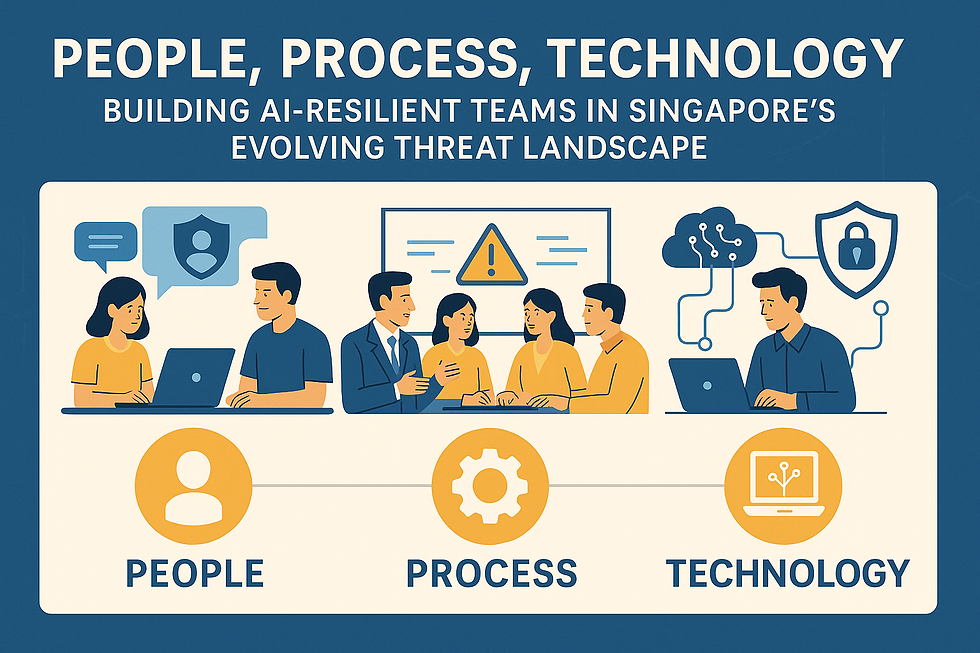Major Data Breach at The New York Times: Hacker Leaks 270 GB of Internal Data
- MZT

- Jun 9, 2024
- 2 min read
On June 6, 2024, an anonymous hacker claimed to have leaked 270 GB of internal data and source code from The New York Times (NYT) on the controversial image board 4chan. This incident has sparked widespread concern and speculation about the potential ramifications for the historic news organization.

The Scope of the Leak
The leaked data reportedly includes over 5,000 repositories and 3.6 million files. The hacker, who remains unidentified, posted a magnet link to the files on 4chan, encouraging users to download and share the data. According to the hacker, the collection comprises uncompressed tar files with fewer than 30 encrypted repositories.
Potential Implications
This breach could have significant implications for The New York Times, both operationally and reputationally. The data leak may expose sensitive information, including internal communications, unpublished stories, and proprietary software code. The leak could also compromise the privacy and security of employees, sources, and subscribers.
Industry Reaction
The news of the breach has sent shockwaves through the media industry, highlighting the vulnerabilities even well-established organizations face in the digital age. Cybersecurity experts warn that such breaches could become more common and devastating, underscoring the urgent need for robust cybersecurity measures.
The Hacker's Motive
While the hacker's identity and motive remain unknown, their decision to leak the data on 4chan, a platform known for its controversial content and users, suggests a desire to create maximum disruption. The act of posting the data on a public forum amplifies the potential damage, as it makes the information accessible to anyone.
Next Steps for The New York Times
The New York Times will need to conduct a thorough investigation to understand the breach's extent and mitigate the damage. This will likely involve:
Strengthening Cybersecurity Measures: Implementing more robust security protocols to prevent future breaches.
Communication Strategy: Transparently communicating with the public and stakeholders about the breach and the steps being taken to address it.
Legal Actions: Pursuing legal avenues to identify and prosecute the responsible parties.
This data breach serves as a stark reminder of the critical importance of cybersecurity in protecting sensitive information. As the digital landscape evolves, organizations must remain vigilant and proactive in safeguarding their data against increasingly sophisticated cyber threats.
Original news from: https://cybersecuritynews.com/new-york-times-code-leak/



Comments